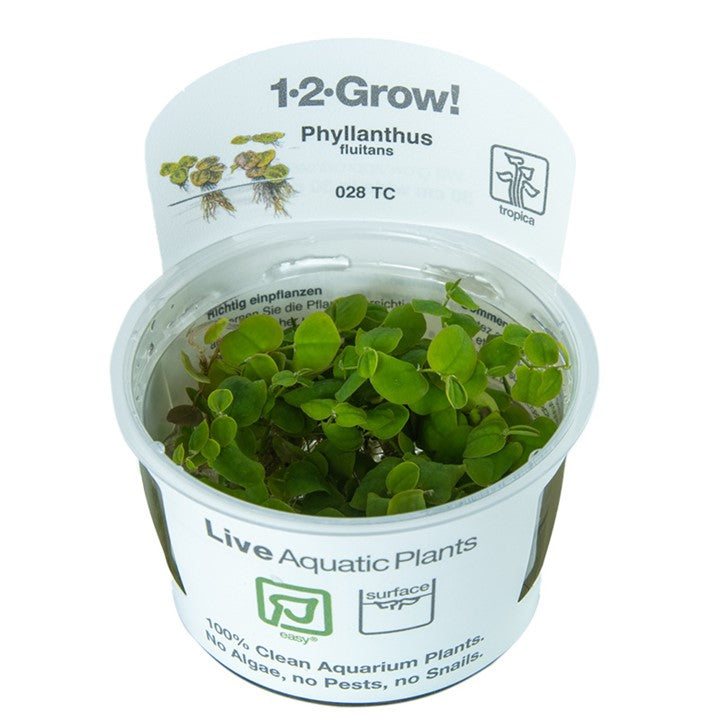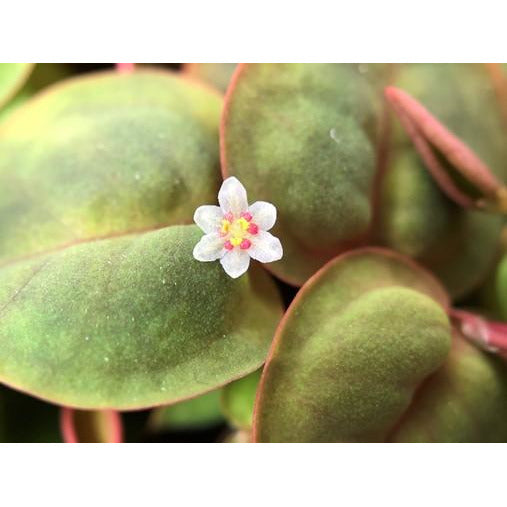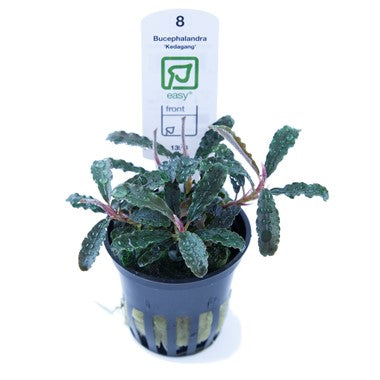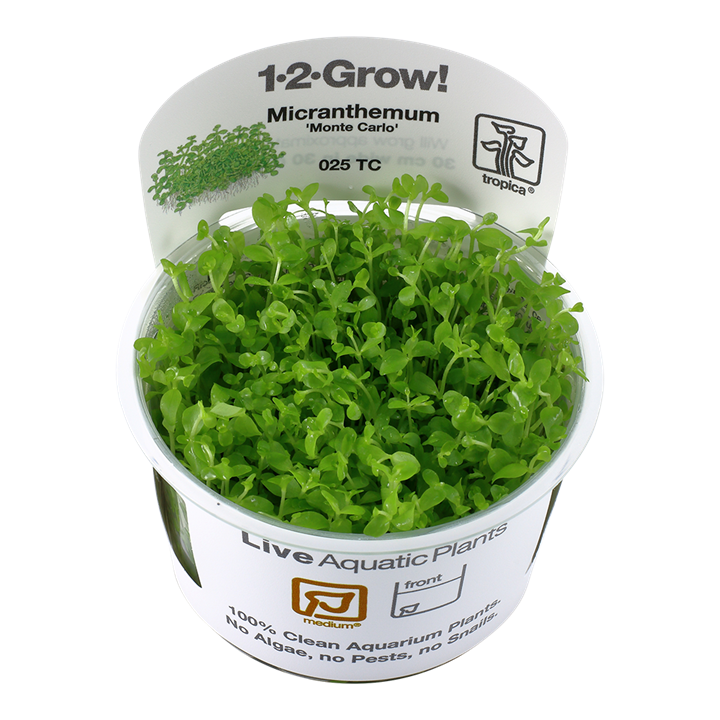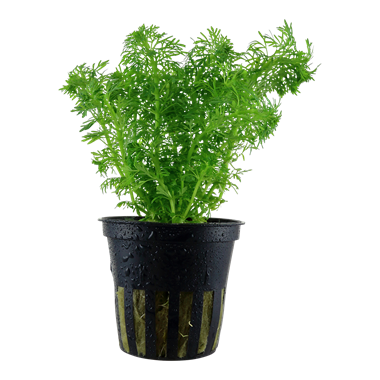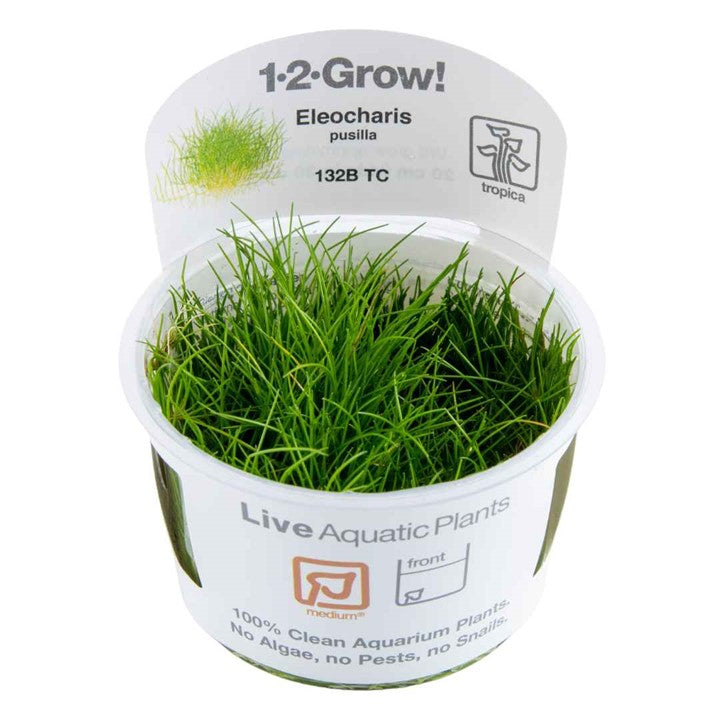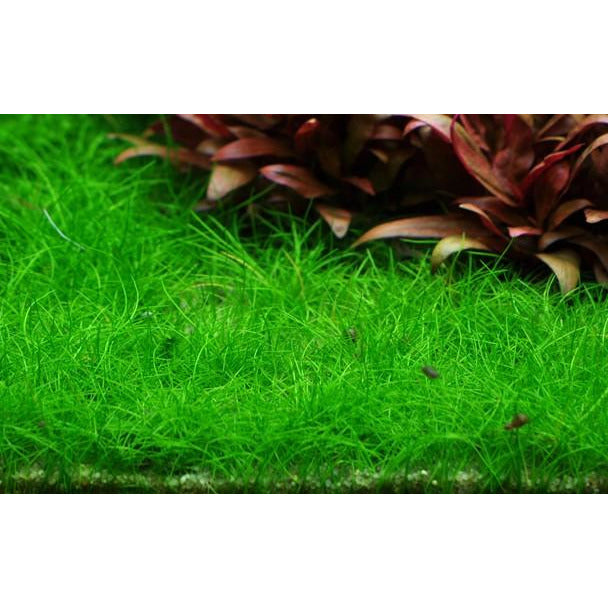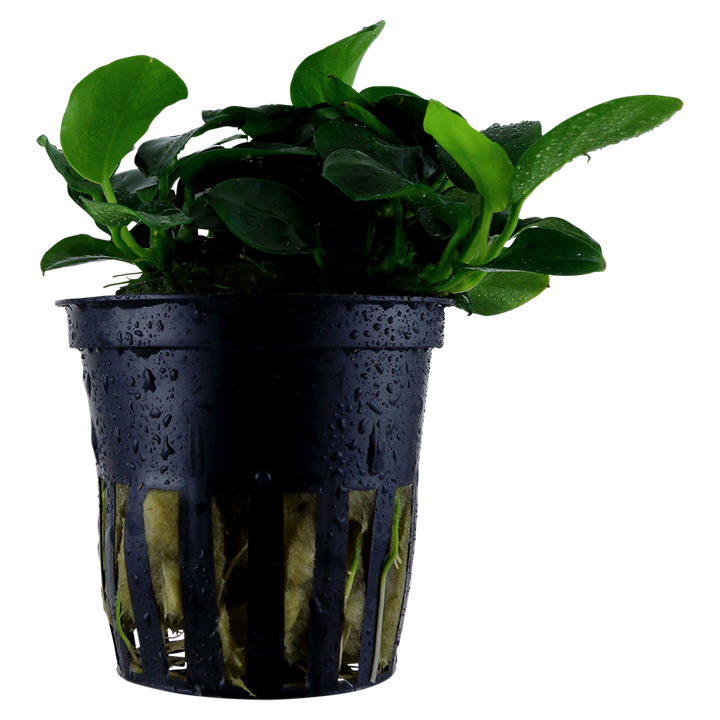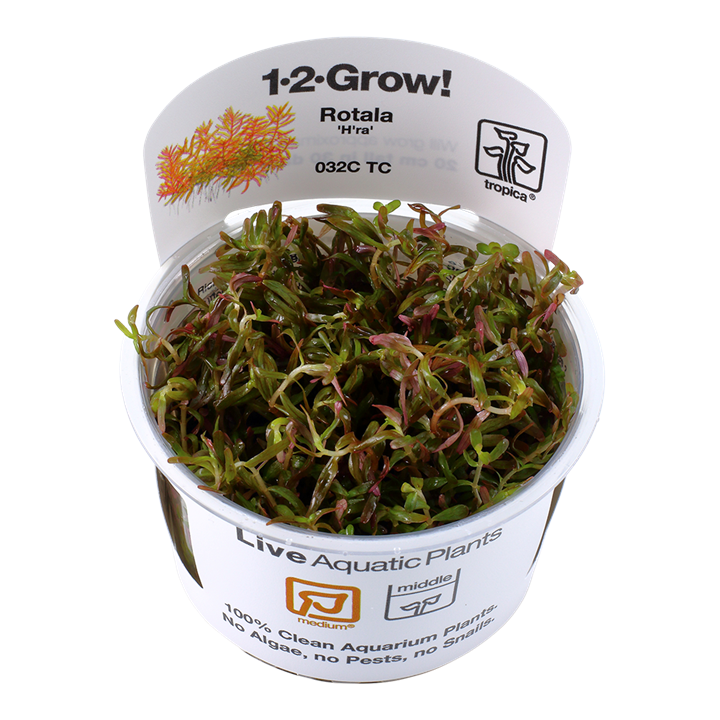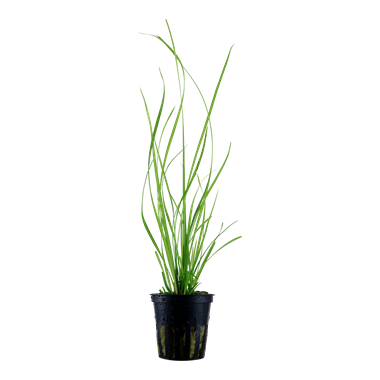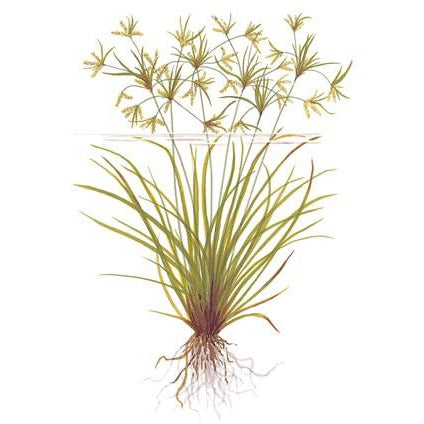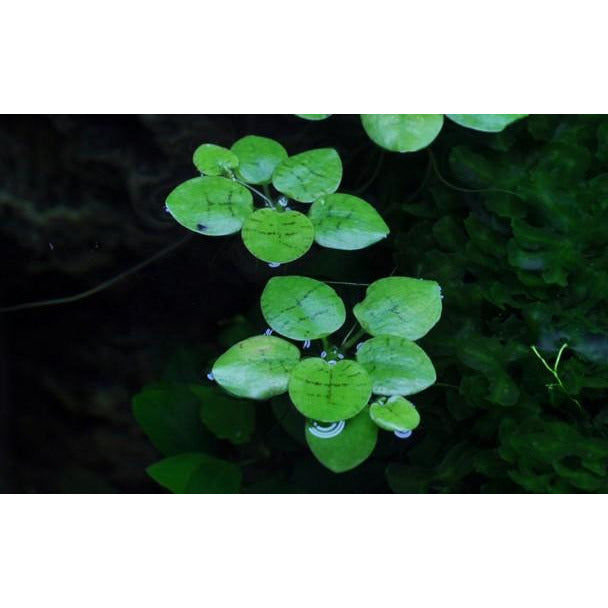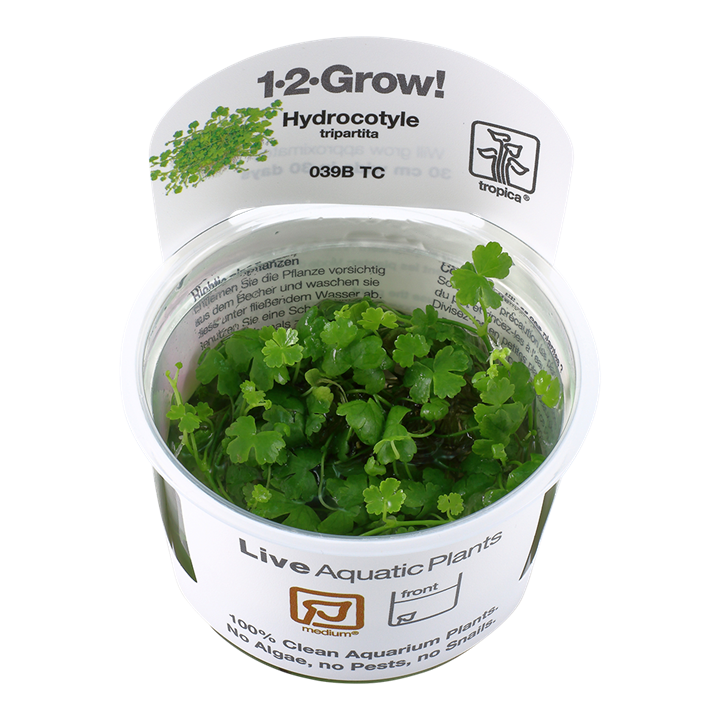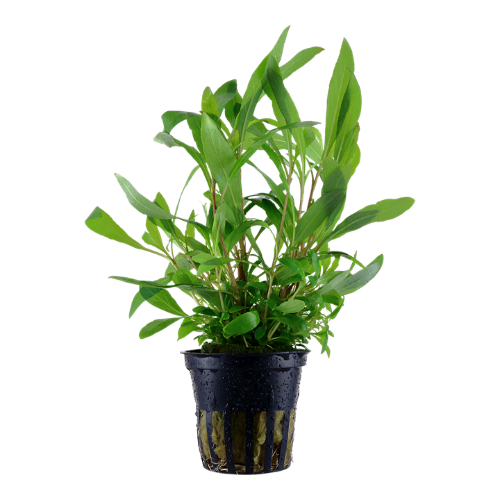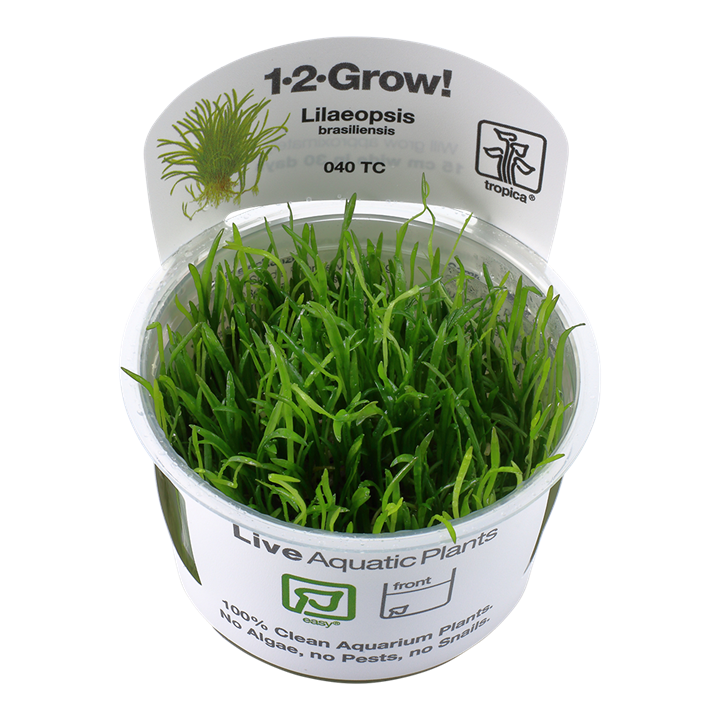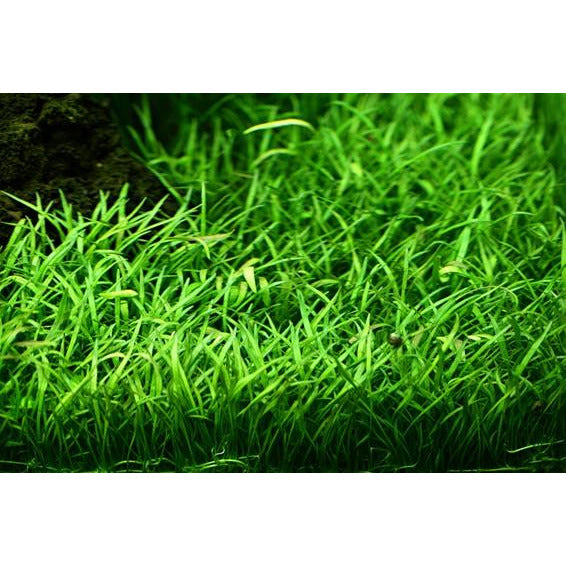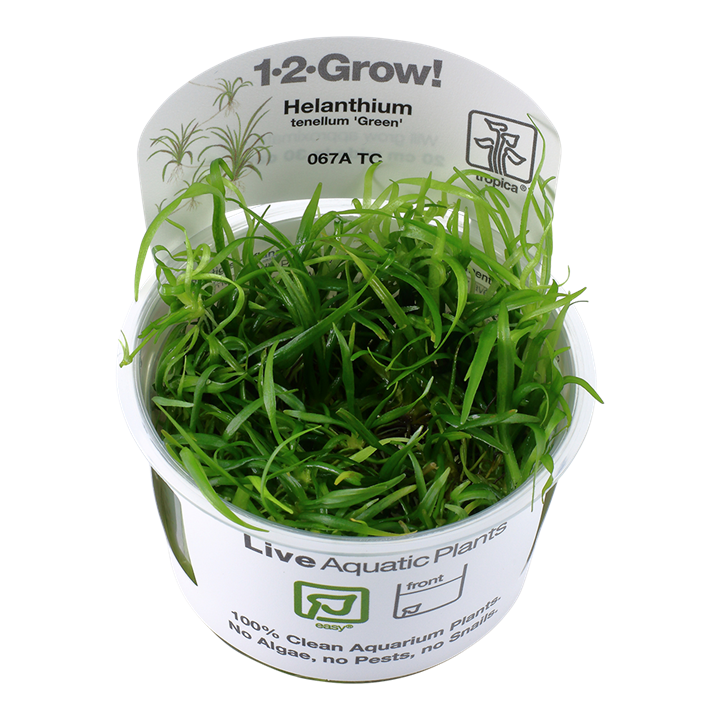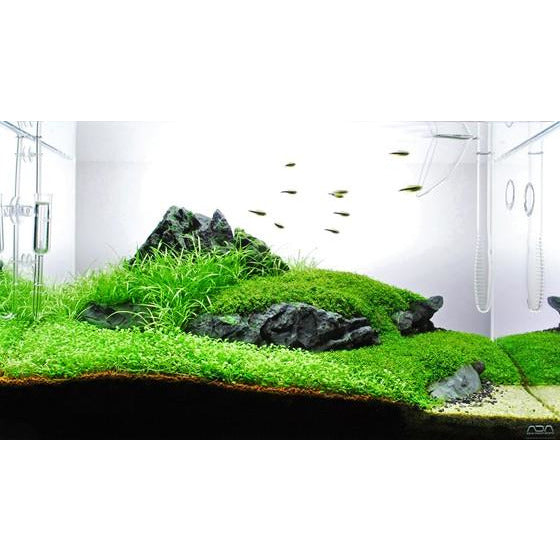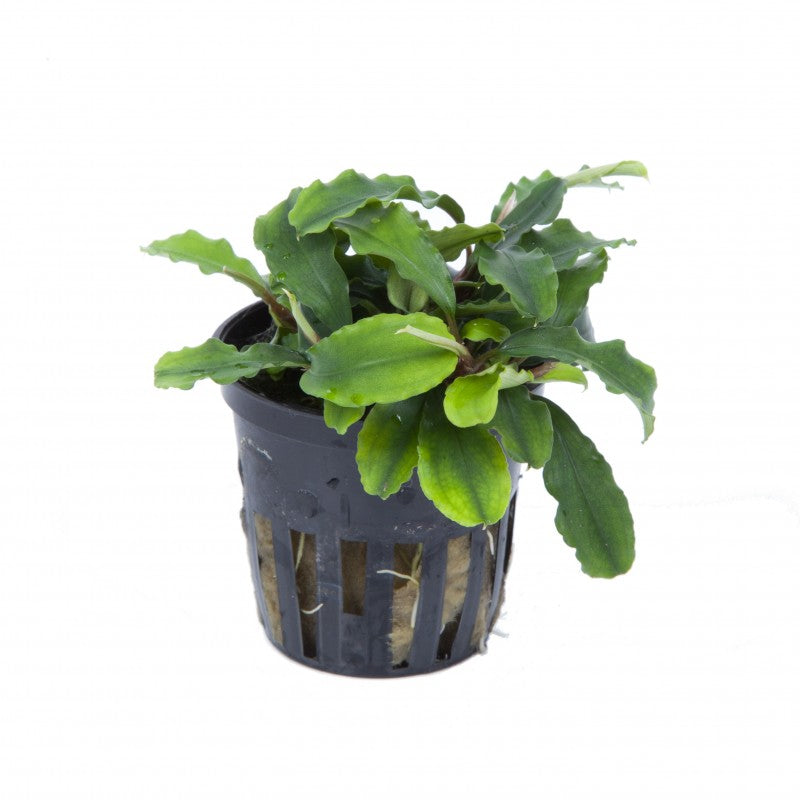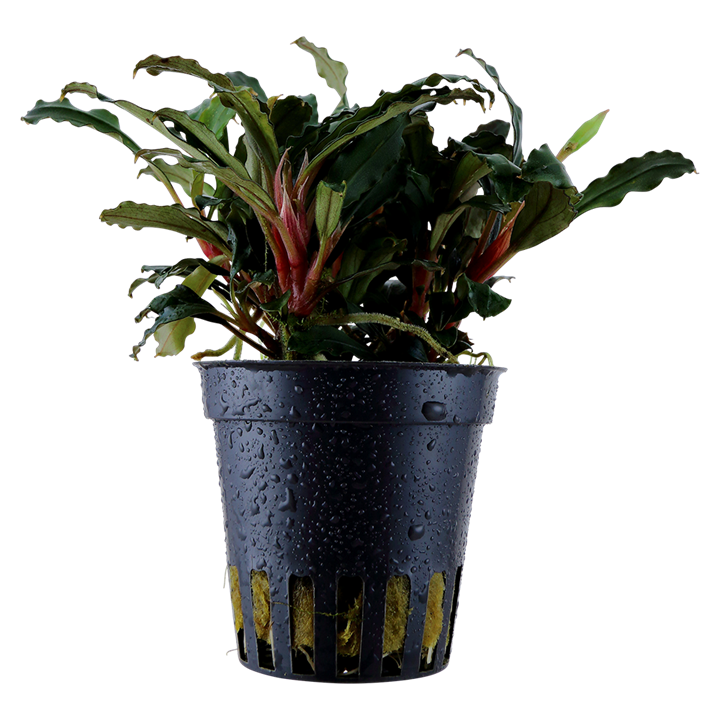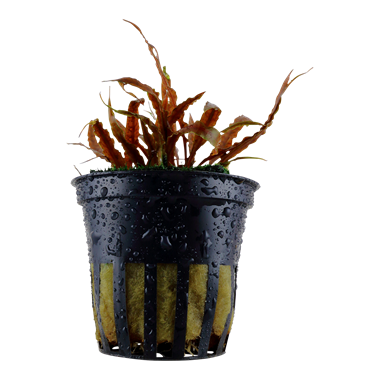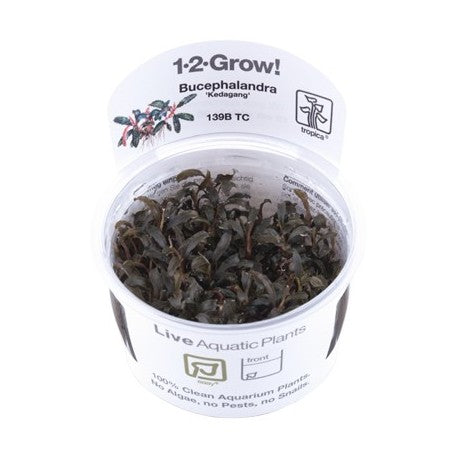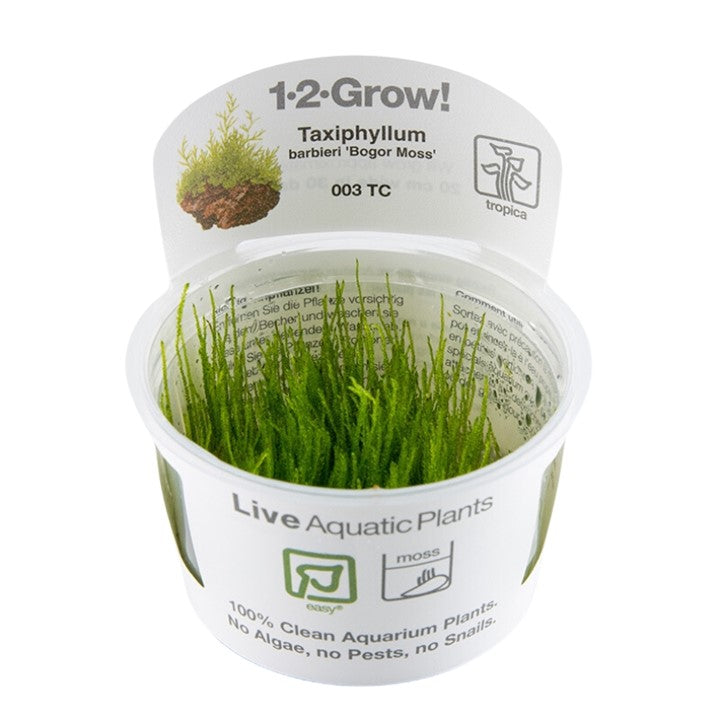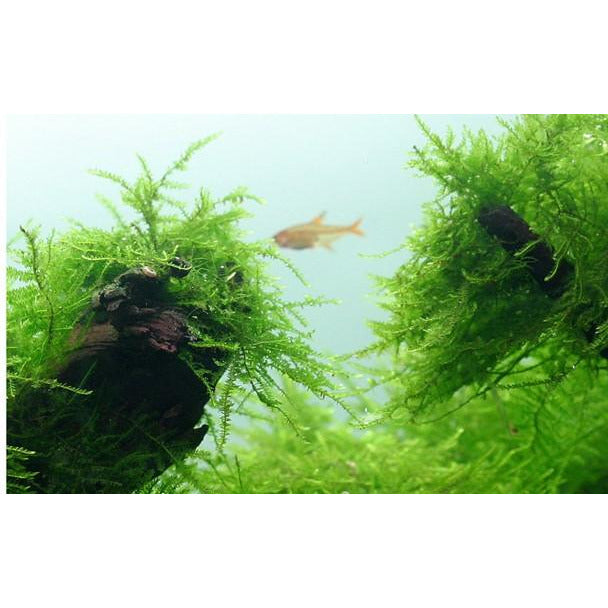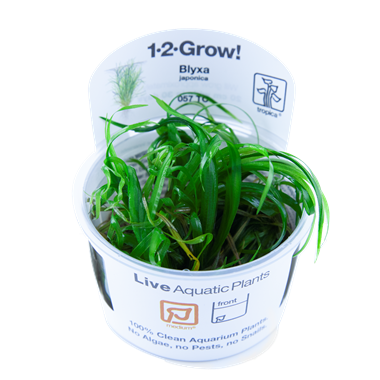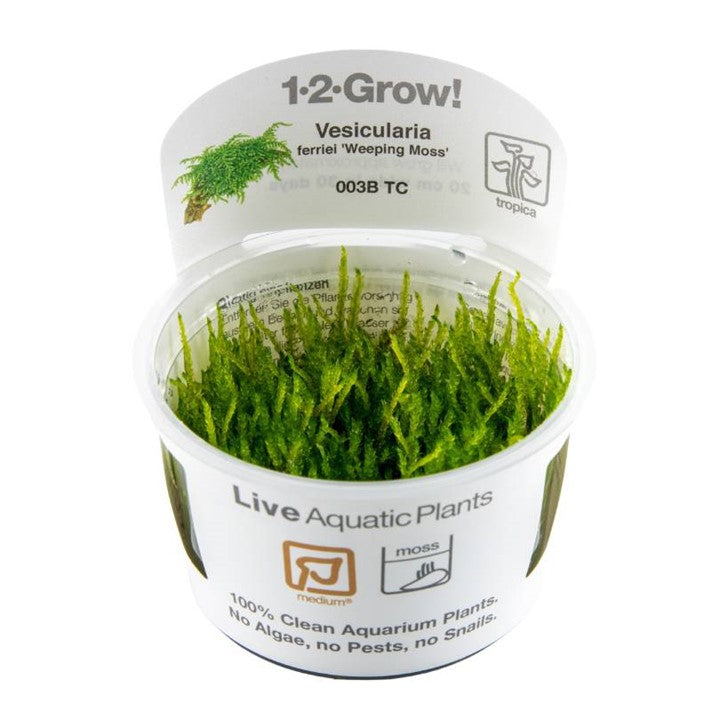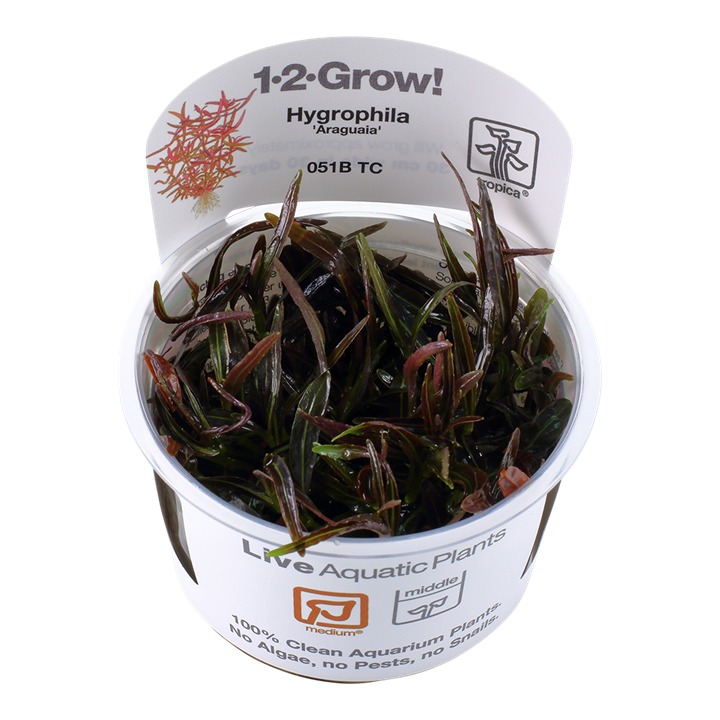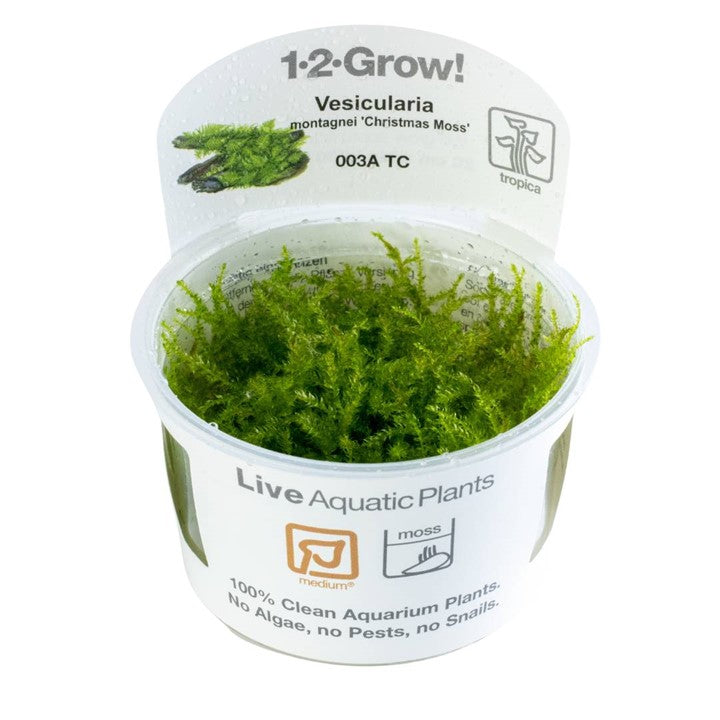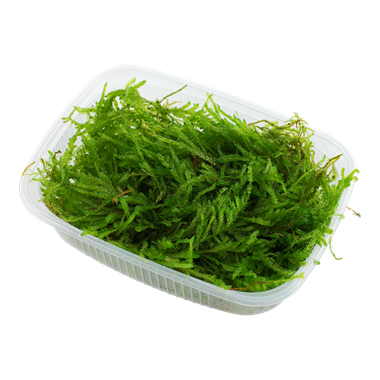
Glassware for Aquariums: A Guide to Glass Lily Filtration Pipes

Glassware for Aquariums: A Beginner’s Guide to Glass Lily Pipes
When setting up a beautifully planted aquarium, it's easy to get swept up in choosing fish, plants, and lighting. But behind every thriving aquascape is a system of carefully chosen tools and one of the most elegant and effective is the glass lily pipe.
This sleek piece of equipment not only improves the dispurtion of water flow of water in your tank but also enhances the overall look of your setup. Whether you're a beginner or a seasoned aquascaper, understanding the role of glass lily pipes can take your aquarium to the next level.
What Are Glass Lily Pipes?
Glass lily pipes are inflow and outflow pipes made from transparent glass, designed to be used with external canister filters. The name “lily pipe” comes from the outflow pipe’s flower-like shape, which allows for gentle, even water distribution throughout the tank.
These pipes serve two main purposes:
-
Outflow Pipe: Returns the filtered water back into the aquarium, usually in a smooth, circular current.
-
Inflow Pipe: Pulls water out of the aquarium and into the external filter.
- Skimmer Inflow Pipe: Returns the filtered water back into the aquarium, but also has a skimmer top to keep the water surface clean.

Why Choose Glass Lily Pipes?
-
Aesthetic Elegance
-
The transparent glass design is nearly invisible in water, keeping the focus on your aquascape, not your equipment.
-
It complements minimalistic and nature-style aquariums.
-
-
Optimised Water Flow
-
The curved shape of the lily pipe creates a soft, circular current that circulates nutrients without disturbing plants or substrate.
-
It helps prevent dead zones where debris can collect and water might stagnate.
-
-
Improved Gas Exchange
-
Proper surface agitation from a well-placed lily pipe enhances oxygen exchange, especially important in CO₂-injected tanks.
-
-
Customisation
-
Available in different sizes and shapes to suit tank volume, filter strength, and aquascaping style.
-
How to Choose the Right Lily Pipe
| Feature | Consideration |
|---|---|
| Pipe Diameter | Should match your canister filter tubing size (commonly 12/16mm or 16/22mm). |
| Tank Size | smaller, nano tanks would need shorter and smaller glassware |
| Flow Style | Choose a design that complements your layout |
| Mounting Style | Most lily pipes hook over the rim of rimless tanks, make sure your tank can accommodate them. |
Explore Horizon Aquatics’ Glass Lily Pipe Collection
Horizon Aquatics offers a selection of premium glass lily pipes, catering to aquarists seeking both functionality and aesthetic appeal. Their collection includes options suitable for various tank sizes and filtration setups:


ADA Lily Pipes – Precision and Elegance
Renowned for their craftsmanship, ADA (Aqua Design Amano) lily pipes combine form and function, here's a few examples:
-
ADA Lily Pipe P1 Outflow (10mm): Designed for smaller aquariums, this classic outflow pipe features a refined lily-shaped curve that ensures gentle water movement, protecting delicate plants and enhancing overall circulation.
-
ADA Lily Pipe V7 Inflow (17mm): Ideal for larger setups, the V7 inflow pipe includes slit-style inlets to prevent debris from entering the filter. Its sleek, functional design is perfect for rimless aquariums.
-
ADA Lily Pipe Mini P2 Outflow (13mm): A compact version tailored for small tanks such as the Cube Garden Mini series, the P2 provides efficient flow without requiring suction cups, offering a clean and unobtrusive appearance.
-
ADA Spin Pipe P2 (13mm): Engineered with a circular-shaped outflow, the Spin Pipe creates a soft, rotating current—ideal for slow-flow tanks or aquascapes with fine substrate and delicate plants.
Horizon Aquatics’ Own Glass Lily Pipes – Quality and Affordability
For those seeking high-quality alternatives, Horizon Aquatics provides their own line of glass lily pipes available for various hose sizes and tank sizes:
-
Glass Lily Pipe Outflow: This pipe ensures smooth water flow and gentle surface agitation, promoting gas exchange and preventing film buildup. Its sleek design keeps the focus on your aquascape.
-
Glass Lily Pipe Outflow: This pipe offers efficient water distribution, enhancing circulation and maintaining water quality.
- Glass Skimmer Pipe Inflow: Glass skimmer pipe from Horizon Aquatics combines style with function by gently drawing surface water into your external filter—removing biofilm and debris and loose plant from the surface for a cleaner, healthier tank.
- Nano Outflow Spin Pipe: This spin pipe delivers a gentle, rotating water flow ideal for smaller volumes. Its spinning design helps to evenly distribute water throughout the tank, ideal for fish that prefer slower moving water like betta fish.
- Nano Inflow Pipe: This inflow pipe efficiently draws water into your external filter with a sleek design for nano tanks. It short length makes it perfect for nano and shallow aquariums.

Maintenance Tips for Glass Lily Pipes
-
Routine Cleaning: Algae and biofilm can quickly build up. Clean every 2–3 weeks with a flexible brush or soak in Superge (rinse thoroughly).
-
Handle with Care: Glassware is fragile. Always remove it gently when performing tank maintenance. (watch our Youtube video)
-
Avoid Abrasive Cleaners: These can scratch or cloud the glass.

Who Should Use Lily Pipes?
Glass lily pipes are ideal for:
-
Planted aquariums where gentle, even water flow is key.
-
Aquascapes where aesthetics are important.
-
CO₂-injected setups, where surface agitation needs to be controlled.
-
Anyone using an external canister filter.
Final Thoughts
Glass lily pipes are more than just a stylish accessory — they’re a functional upgrade that enhances both the performance and appearance of your aquarium. With proper installation and care, they offer clear water flow, subtle beauty, and a polished look that complements any aquascape.
Whether you're crafting a lush nature tank or a clean, modern layout, a glass lily pipe might just be the finishing touch your aquarium needs.

Lily Pipe Q&A – Everything You Need to Know
Q: What is a lily pipe?
A: A lily pipe is a curved glass pipe used in aquarium filtration systems. It connects to the outflow or inflow of an external canister filter to guide water gently back into the tank, or suck it from the tank into the filter, improving circulation while minimizing surface agitation.
Q: Why are they called 'lily pipes'?
A: The name comes from their elegant, curved design that resembles the shape of a lily flower. This curved structure helps soften water flow and create a natural current that suits planted aquariums.
Q: What are the benefits of using lily pipes?
A:
Improved circulation throughout the tank
Reduced surface agitation, preserving CO₂ in planted tanks
Elegant, minimal design that blends into aquascapes
Enhanced oxygen exchange when positioned correctly
Smooth water return that’s gentle on fish and plants
Q: What's the difference between an inflow and an outflow pipe?
A:Outflow pipe (lily pipe): Returns filtered water into the tank with a smooth flow.Inflow pipe: Draws water from the aquarium into the filter. Some inflow pipes are designed as skimmers to remove surface film.
Q: What is a spin pipe, and how is it different from a standard lily pipe?
A: A spin pipe is a type of outflow pipe that creates a spiraling or vortex-like flow. This helps improve circulation in nano tanks or corners where water movement is typically weak, without creating strong currents that disturb plants or shrimp.
Q: Can I use lily pipes in any type of aquarium?
A: Lily pipes are best suited for rimless aquariums and tanks that use external canister filters. They could be used on some lidded aquariums if you measure your cut outs.
Q: Are lily pipes only made from glass?
A: While glass is the most popular for its aesthetics and smooth flow, acrylic and stainless steel versions also exist.
Q: How do I clean lily pipes?
A: Use a flexible brush or pipe cleaner with warm water and cleaning agent like ADA Superge. Rinse thoroughly before placing them back into the tank to avoid harming livestock.


